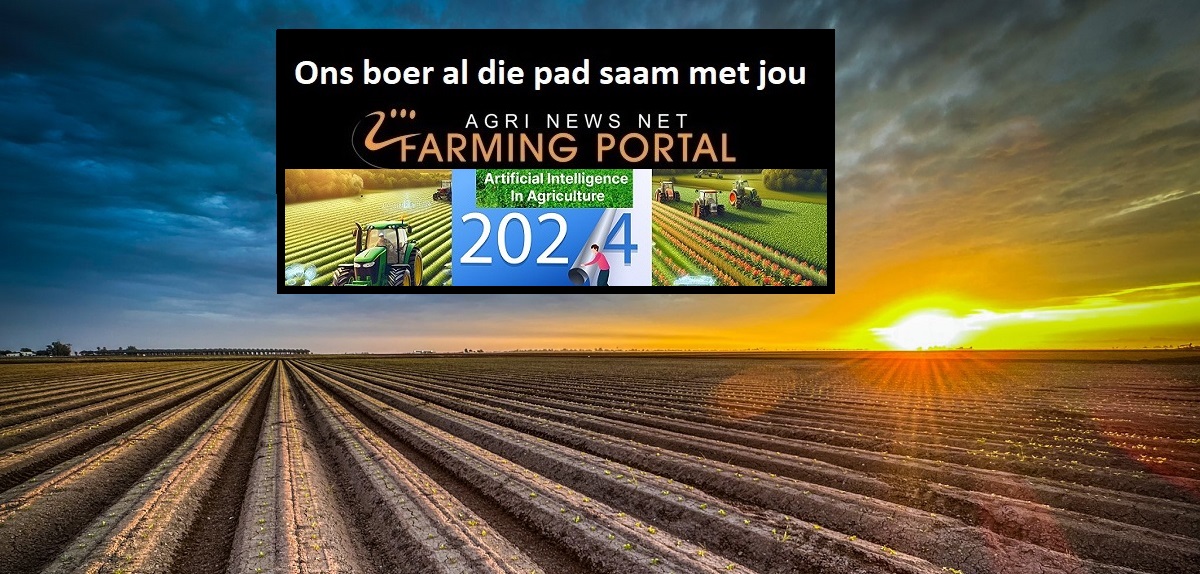Since 1990, per capita poultry demand has increased in all regions around the world. However, regions differ in the rate of increase. Between 1990 and 2015, the smallest increase was in eastern Africa and the USA, with 27% and 32% increase
Poultry are currently raised in very different ways. Some poultry are raised in extensive, ‘backyard’ systems which tend to have low productivity and high rates of predation (referring here to the predators feeding on poultry) and disease.
These poultry systems are predominant in developing countries. Poultry can also be raised in highly industrialised and commercial systems. These poultry production systems are highly specialised in that they might only produce eggs or meat, have higher productivity than the backyard systems and dominate in developed countries.
As a country’s GDP increases, poultry production systems change to be more industrialised and commercialised. Different countries are at different stages along this trajectory.
Environmental performance
Poultry has the lowest greenhouse gas emissions of all animal source foods. The estimated emission intensity (i.e. volume of emissions per unit of economic activity) for poultry meat and eggs is equivalent to 4 kg CO2 per kilogram edible protein, which is considerably lower than that of milk and meat from ruminants. For example, the emission intensity of milk is between 12-140 kg CO2 per kilogram edible protein, depending on the type of animal and production system.
Thus, eating poultry can be more environmentally friendly than eating other animal source foods, such as beef or pork.
 World Poultry Foundation upskill emerging famers on bird health and better business practices
World Poultry Foundation upskill emerging famers on bird health and better business practices
However, while poultry systems produce lower greenhouse gas emissions than other animal source foods, there can be significant animal welfare, disease and pollution issues associated with poultry production systems.
In commercial poultry systems, animals can be raised in cramped, high-density conditions which can lead to higher mortality rates, restrictions in the birds’ movements and poorer leg health. Housing conditions that do not provide poultry with adequate lighting, ventilation and fresh air, and good litter quality can lead to serious welfare and animal health issues.
Poultry disease
Poultry are always at risk of disease. Some diseases largely affect animals, for example the highly pathogenic avian influenza virus (H5N1). The 2003 outbreak of the disease killed tens of millions of poultry and resulted in the culling of hundreds of millions of birds to prevent the spread.
Other diseases that originate in animals can be highly contagious for humans, with the potential to produce pandemics.
Commercial poultry systems can also produce environmental pollutants. The high density of animals can result in reduced air quality with high concentrations of organic and inorganic dust, pathogens, and other micro-organisms as well as the production of harmful gases such as ammonia, nitrous oxide, carbon dioxide, hydrogen sulphide and methane.
Pollution of soil and water with nutrients, pathogens and heavy metals can also be caused by poor manure management. Poultry systems need to be well regulated to maintain animal welfare, control emerging infectious diseases, and minimise pollution.
Healthy diets
Poultry meat and eggs are very nutritious. They are an excellent source of protein and micro-nutrients. The EAT Lancet diet suggests that a healthy diet largely consists of vegetables, fruits, whole grains, legumes, nuts and unsaturated oils, and includes a low to moderate amount of seafood and poultry.
With demand for poultry projected to increase, and commercial poultry production systems more likely to dominate, demand for cereal grains for poultry feed will increase. It seems inevitable that more cropland for grain production will be needed or grain yields on existing cropland will need to increase. Cropland that is used to grow animal feed is in direct competition with the cropland used to grow grains for direct consumption by people.















